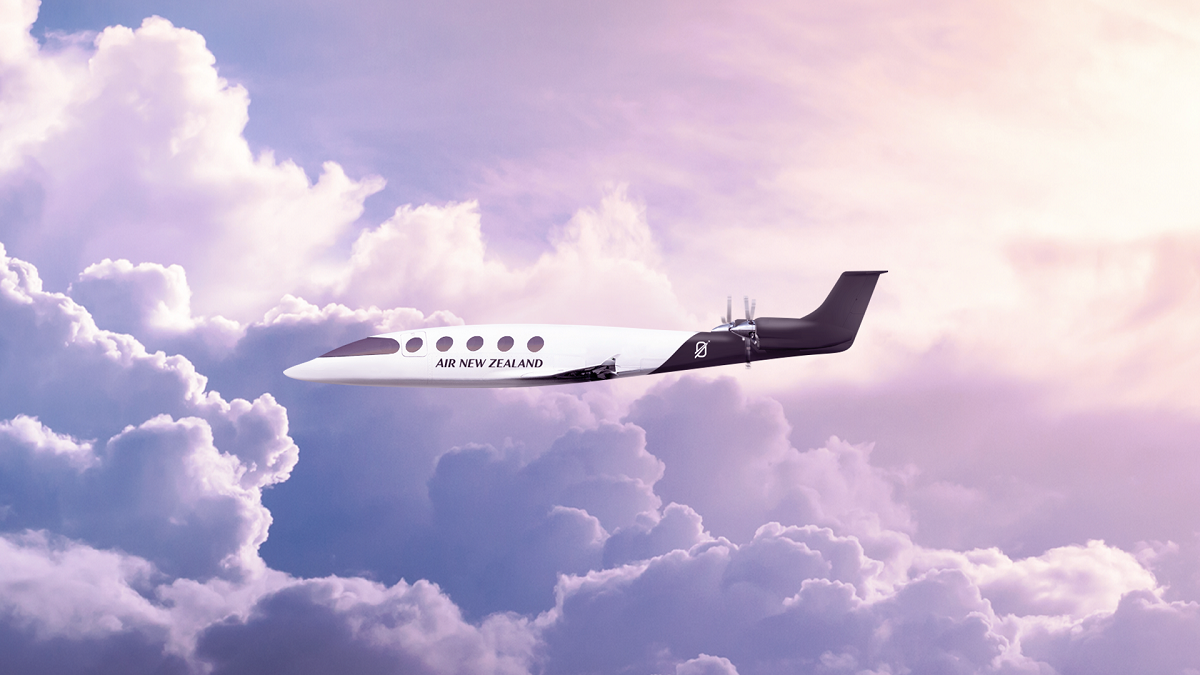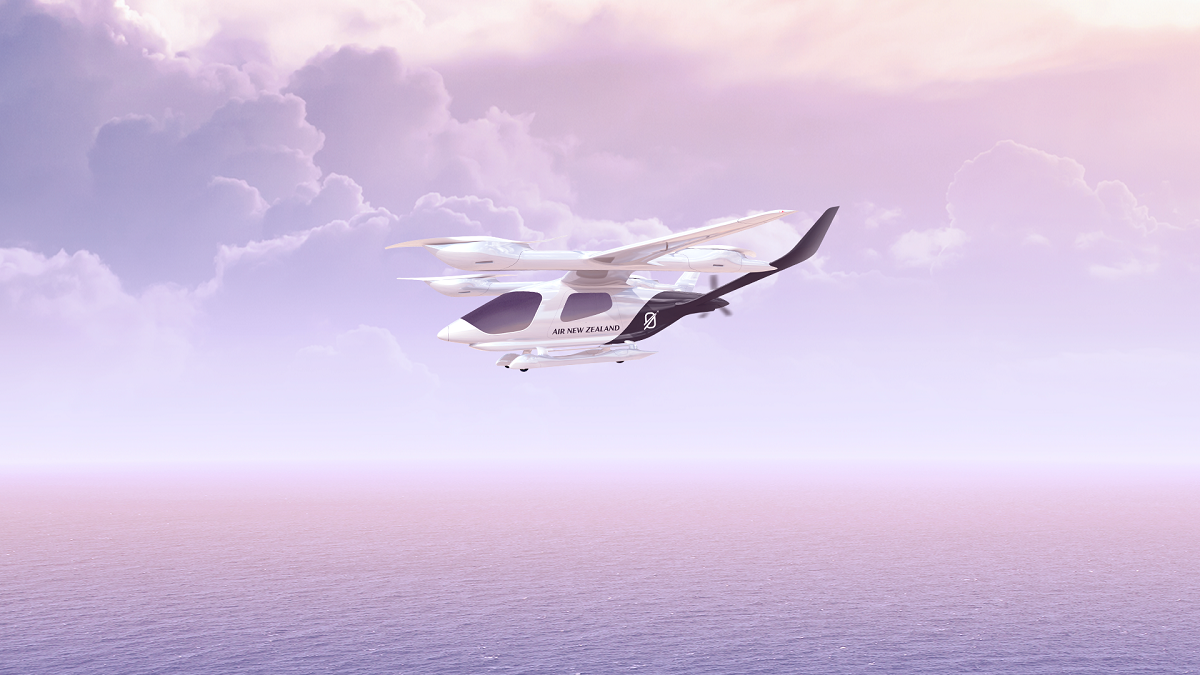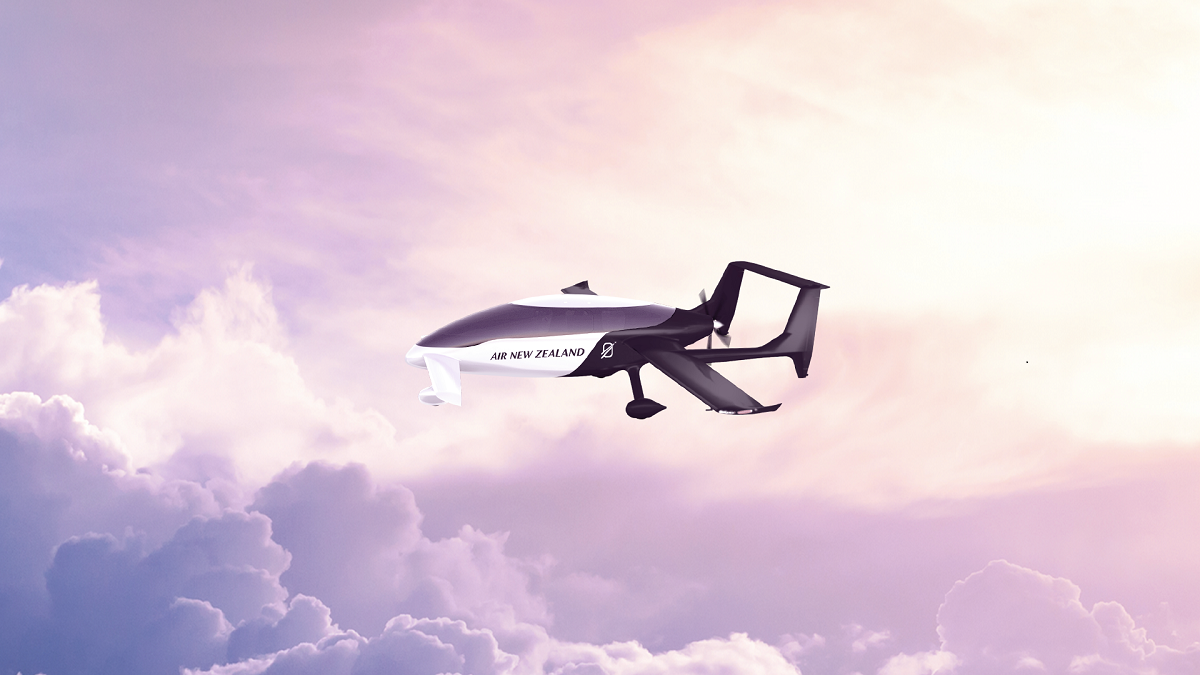Zero emissions: Air New Zealand concludes four partnerships to achieve demonstration flights by 2026
As part of its Mission NextGen Aircraft programme, Air New Zealand on Wednesday announced partnerships with four manufacturing companies to support the development of zero-emission aircraft and enable demonstration flights powered by electric, green hydrogen and hybrid technologies from 2026.
The airline confirmed that it will work with Eviation, Beta, VoltAero and Cranfield Aerospace over the next few years. Under the agreements, they will seek to advance the development of the technological solutions and infrastructure necessary to enable the operation of aircraft of this type in New Zealand.
As part of the partnerships, Air New Zealand said it will sign a statement of intent formalising its ambition to initially order three aircraft developed by one or more of its four partners. It will also hold further options to purchase an additional twenty airplanes.
Greg Foran, the airline’s CEO, said the company selected its partners after analysing the current status of each of them in the development of low-emission aircraft and said the project «is not about backing one innovator». In that sense, he assured «it is about working with a range of leaders in zero emissions aircraft technology to help move the whole ecosystem along».
The company intends to purchase electric airplanes to replace its fleet of Bombardier Dash-8 Q-300 regional aircraft.
Eviation and its Alice electric aircraft
Air New Zealand signed a letter of intent to purchase up to 23 Eviation Alice, an innovative electric aircraft that completed its maiden flight in September this year.
It is so far the only electric aircraft of its size to successfully complete a flight test. According to its developer, it has a maximum range of up to 815 kilometres and can fly at speeds of up to 260 knots per hour (480 kilometres per hour).
The aircraft is constructed of composite materials and is powered by two magni650 electric engines, developed by magniX. According to the manufacturer, the powerplant contributes to a significant reduction in noise impact and operating cost per flight hour compared to regional jets or turboprops.
In addition, it can be configured in three cabin versions, depending on each customer’s needs: daily commuter (up to nine passengers and two pilots), executive (up to six passengers and two pilots) and cargo (with 12.7 cubic metres of space and up to 2.500 pounds of payload).

See also: Eviation Aircraft receives letter of intent for 25 Alice electric aircraft
The ALIA-250 by BETA Technologies
Air New Zealanad is also evaluating the possibility of acquiring ALIA-250 aircraft, developed by BETA Technologies.
The model will be available in two versions: passenger and cargo. According to the developer, it will have a maximum range of 250 nautical miles (463 kilometres). It will carry up to five passengers or up to 1.400 pounds of payload (635 kilograms) and will be operated by a single pilot.
The aircraft will use a single distributed direct electric propulsion system. It will be equiped with four rotors that will provide vertical lift and a single propeller at the rear to propel the aircraft horizontally. Its maximum take-off weight (MTOW) will be 6.999 pounds (3.174 kilograms). In addition, its battery can be fully charged in fifty minutes.

VoltAero and its Cassio family of electric aircraft
Air New Zealand will also work with French manufacturer VoltAero to advance the development of the Cassio family of electric aircraft. There will be a total of three variants and all of them will share a high degree of modularity.
The Cassio 330 would be the first one to be certified. It will be capable of carrying four to five passengers and will be powered by a 330-kilowatt hybrid system. It is scheduled to enter service in 2024, two years ahead of Air New Zealand’s target date for the first demonstration flight.
For its part, the Cassio 480 will have six seats and a combined hybrid power of 480 kilowatts. Finally, the Cassio 600 will be able to carry ten to twelve passengers with a power output of 600 kilowatts.

Cranfield Aerospace and its hydrogen propulsion system
The latest of Air New Zealand’s partners is UK-based Cranfield Aerospace Solutions. In March 2021, the company announced that it would leverage the latest advances in hydrogen fuel cell technology to develop a commercially viable propulsion system for the Britten-Norman BN-2 Islander aircraft.
In addition, Cranfield Aerospace then plans to develop a multi-phase programme with the aim of transferring the propulsion system to larger regional aircraft.
See also: Cranfield Aerospace Solutions secures investment for hydrogen propulsion development project

/https://aviacionlinecdn.eleco.com.ar/media/2022/12/Air_New_Zealand_Next_Gen_Aircraft.jpg)
Para comentar, debés estar registradoPor favor, iniciá sesión